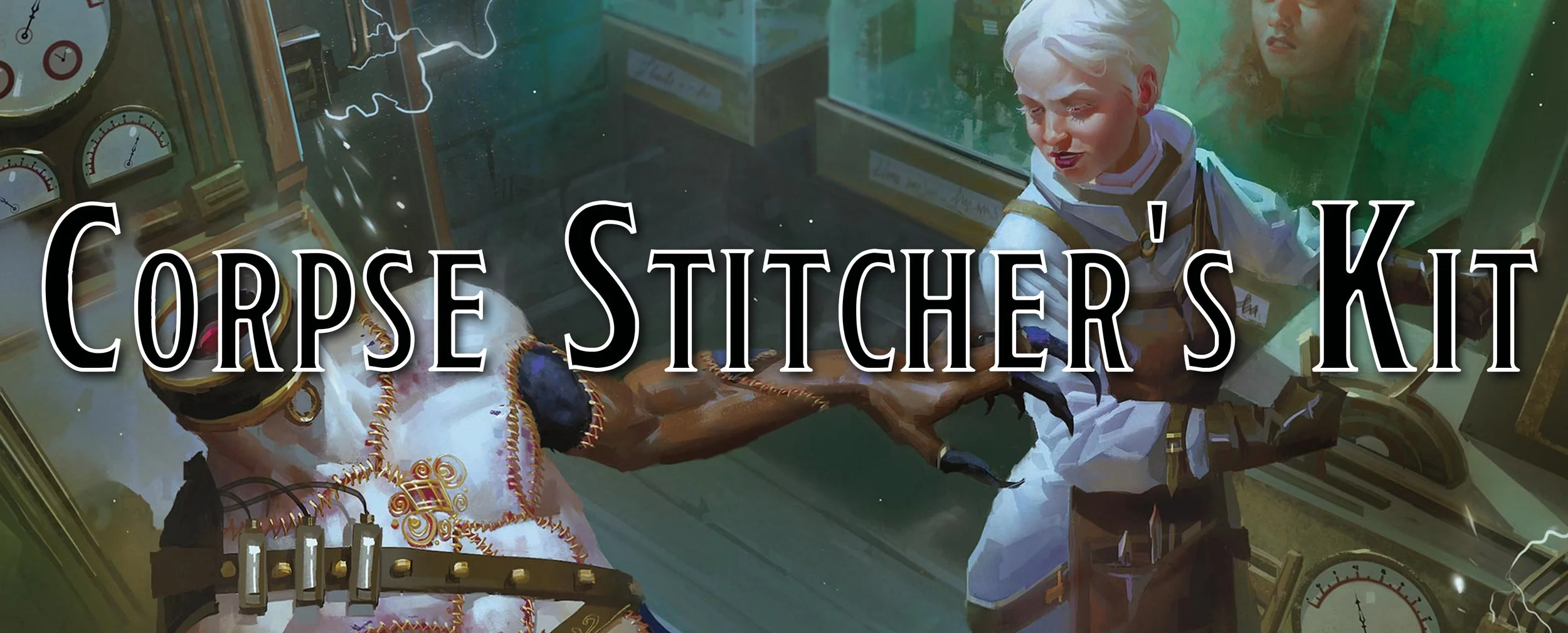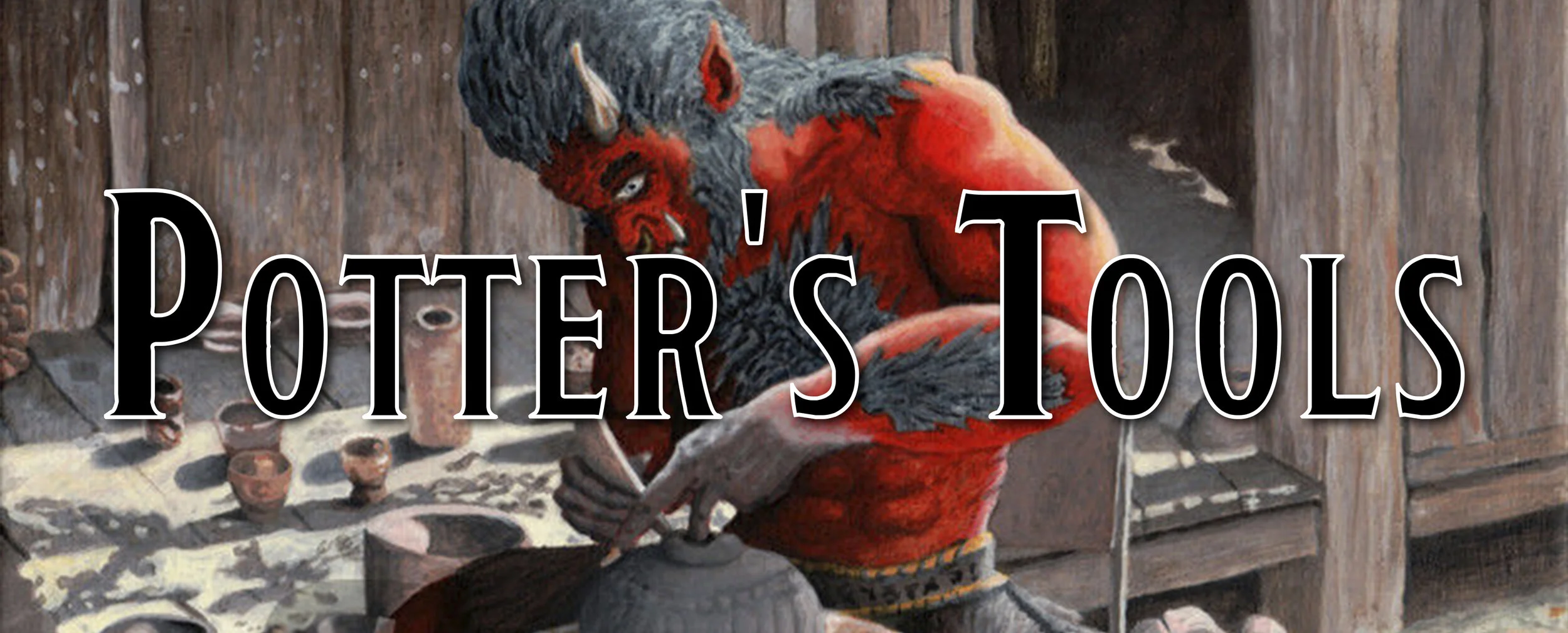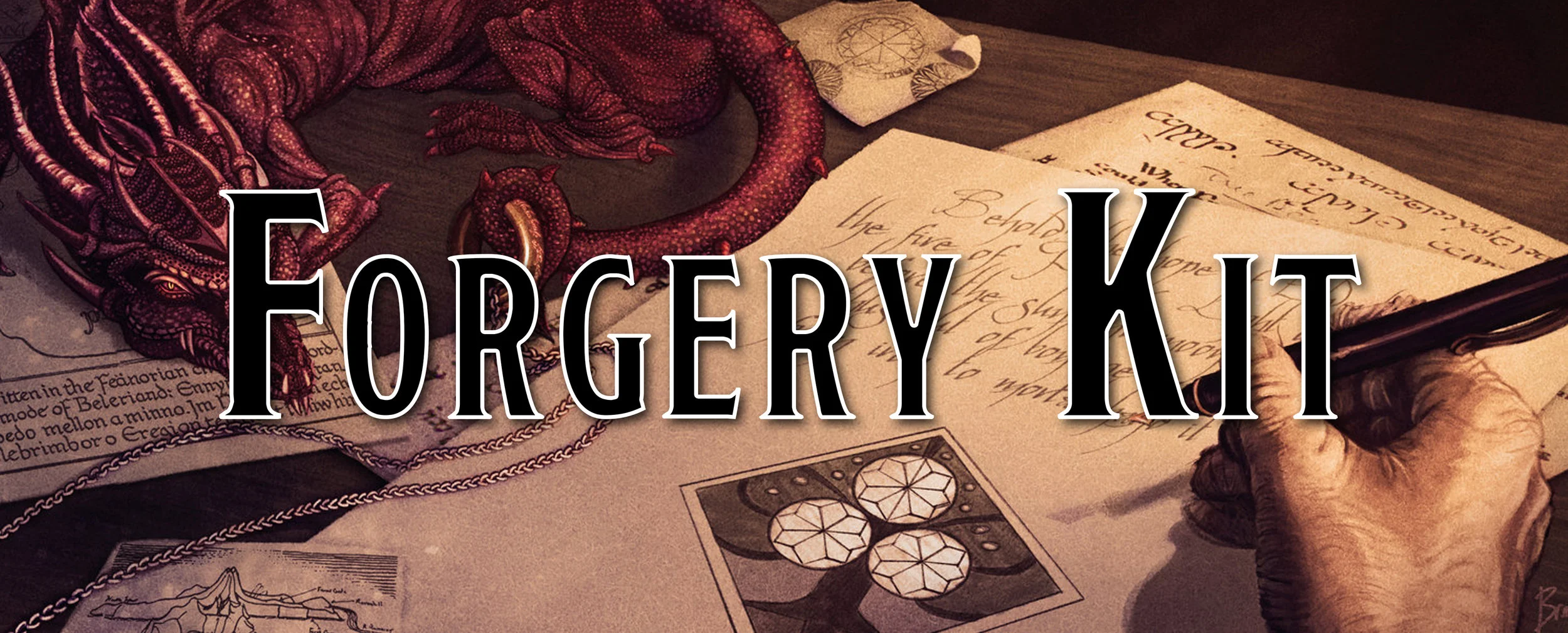More Tools for 5e: Fishing Tackle
Fish has long been a major part of diets across the world, often the only source of meat for the working class as pigs and cows were too expensive and deer were only available for the nobility. Fish are often cheap and easy enough to catch, even by those with little knowledge of the trade. Those who have fished all their lives could bring in huge hauls of fish using their nets and fishing traps, though they may have never used a fishing pole in their life. Instead, fishing poles were used by those with leisure time and who wanted the thrill of hunting large creatures.
This tool is focused on the thrill of using fishing poles in a more competition-minded area. While you can use nets and tidewater traps to catch fish to feed your party, that doesn’t quite have the will they/won’t they that rolling a d20 calls for. This tool is focused on the different aspects of a fishing pole and gives options for rods, lines, and lures; all so that you can catch the biggest fish of them all - a whale!… or perhaps a tarrasque… or maybe Cthulhu itself!
For those that don’t care about the how of my tool:
For best results in GM Binder, use a Chrome Browser
Fishing Tackle
Fishing tackle, as a kit, appears in the Player’s Handbook and offers several materials that you need to catch fish with a focus on the fishing pole. While the kit does give you a net, it is obvious that the kit is focused on hunting specific types of fish instead of using nets and traps to catch large quantities of any fish in the area that fishmongers would be selling on streets and in carts.
For much of our history, when people thought of fishing, it wasn’t the sport of fishing where you would stand on a dock or sleep against a tree, while you had a fishing line, attempting to lure in a fish with a brightly decorated lure. Instead, it was about casting out huge nets and hoping you get to drag in a large number of fish to bring to market. Or you might put down wicker traps that allow fish to enter it but make it very difficult for them to leave with some sort of bait, like day-old fish meat, to lure them in. Eel hunting was also quite popular, though spears were used to catch them and seek out their nests in muddy riverbeds and marshes.
I offer a blanket rule about how much fish one can catch in a short rest, with access to water with fish in it, but the bulk of the rules for this tool are focused on fishing poles.
Specialty Fishing
Specialty fishing is about hunting for a specific type of fish, often while in a competition or if you are really craving mahi-mahi for dinner that night. These types of events often rely on fishing poles because you can hunt for a specific fish by tailoring what type of lures, the line, and the rod you use to catch the fish. While their is no guarantee that the fish you reel in is the one that you want, by using specific types of lures, you can help increase your chances of catching the right fish.
Your ability to catch and hunt down specific fish is based off of your Wisdom. I choose Wisdom since the animal handling and survival skills also use Wisdom, important skills to gauge tides and currents, how to reel in fish, and more!
Fishing Poles
There is a lot of information about fishing poles online. A LOT. I won’t pretend to be an expert on it, especially since I’m using my limited knowledge from when my dad dragged me off to go fishing when I was young and reading through popular blogs about fishing in preparation for this homebrew. I broke down how to prepare your fishing pole into three specific categories: the fishing rod, the line, and the lures.
The fishing rod is the wooden (though now none are made of this material) pole that you use on your end to feel when your lure is being tugged on and how you cast your line out. The more flexible a rod, the more you can see small nibbles on the line, making it easier to know when to pull the line and hook a fish. Of course, since we are limited in the common materials of the Middle Ages, the thinner and more flexible a fishing rod, the greater the chance you’ll snap the rod and it’ll break on larger and larger fish. If you are willing to have a harder time catching fish, you can use thicker rods that aren’t likely to break, with the trade-off that you lose the sensitivity of thinner rods.
The length of your fishing rod also determines how far out you can send your lures, with shorter rods being lighter and easier to handle while longer rods are heavier and harder to handle. Short rods don’t have the leverage to cast very far, while long rods give you greater leverage to send your lures far from shore.
The Line is what connects your rod to your lures and was once made of thin silk or tightly braided cord. These lines weren’t designed to haul in heavy fish, since if you went thick, you wouldn’t be able to effectively cast the line out very far. With better materials, like a mithral chain or monofilament from our current time, you can have a lighter line with a higher strength to ensure less breakage. Each type of line I provide, silk and mithral, has different costs based on how far you want to send out your line. Thicker and sturdier lines are harder to use those since they weigh more and increase the DC of Fishing Checks.
Our last section is on lures, and these are a huge category of objects. For most mundane fish, you can get away with the basic lures and hooks that are in the basic Fishing Tackle, but there are greater lures you can find. Some might be magical, like the Alluring Lure that has the antipathy/sympathy spell cast upon it while others simply use mundane silk to attract prey. Only a few examples are provided, but they offer an idea as to how lures can be used to help a fisher catch fish, either by reducing the DC to fish, granting advantage, or giving the fisherman a greater chance of catching a truly impressive fish.
Fish Statistics
This section offers four different generic fish you might try to hunt for in fishing competitions or if you really want a shark tooth necklace but don’t want to pay the exorbitant prices at the boardwalk. These act as rough guidelines for you to come up with your own fish, with basic information provided on the fish’s size, rarity, how long it takes to lure in a fish, the chances of when your fishing pole might break, and more! Each block is meant to be simple, offering as much information as it can to help in the construction of this fishing minigame.
Reeling It In
Hope you enjoy this tool and you can put it to use at your table. This tool is meant more for competition than day-to-day uses of fishing tackle, as I would assume anyone with proficiency in this tool is competent enough to use it to feed their party while out adventuring. If you have any requests for future tools, let me know in the comments below and…
If you are interested in more hunting homebrew, check out my Hunting Minigame!
If you want a printer-friendly PDF of this tool, or any other tool, consider supporting us on our Patreon! All tools that I’ve created or will create in the future will be uploaded to our Patreon in printer-friendly versions. We appreciate any and all support!
Like what we are doing here?
Support us on Patreon!
You’ll get early access to deep dives, our Homebrew Hoard, Monster Thursdays, and more!
Follow us on Twitter to keep up to date on everything we talk about!

































